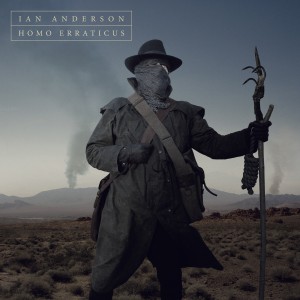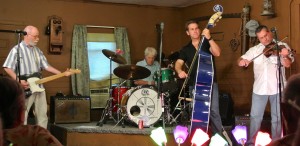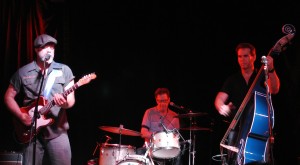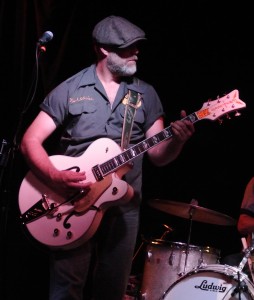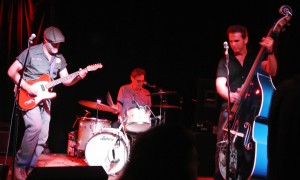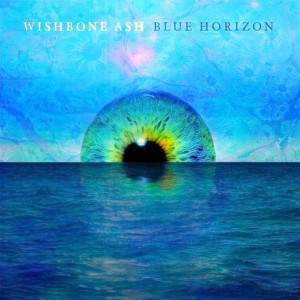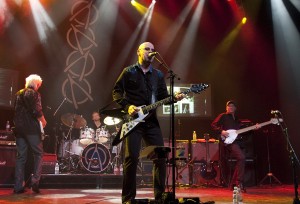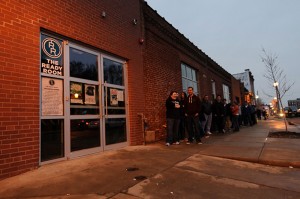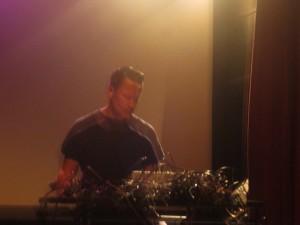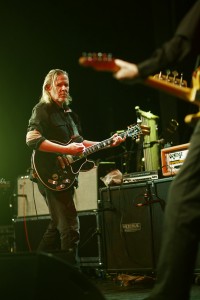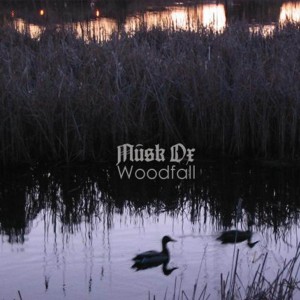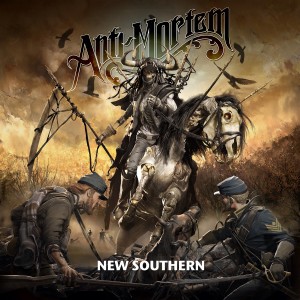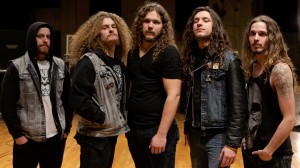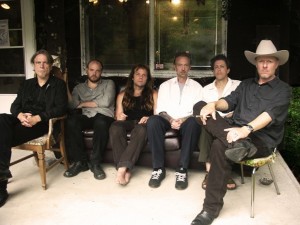(CAPTURED TRACKS; 2014)
Athens, Georgia (home of the University of Georgia) has long been a hotbed of musical creativity, fostering such acts as REM, the Olivia Tremor Control, the B-52’s, Brantley Gilbert, Drive-By Truckers amid a roll call far to long to mention. Add Axxa/Abraxas, the music and art project of Ben Asbury, to that list. A demo of Asbury’s multi-media presentation found it’s way to the offices of Captured Tracks (home to Beach Fossils, Widowspeak and the reformed Medicine), leading to the release of AXXA/ABRAXAS. Asbury handles vocals, synthesizer/keyboards/noises and guitar, while the rhythm section consists of Aaron Neveu on drums and bassist Jarvis Taveniere (who also produced), both from the indie band, Woods. Asbury has a raft of influences, all of which, thankfully, he wears on his sleeve. The ten track album blends and morphs influences and styles into unique tunes that can only be described as “Axxa/Abraxas.” Late ’60s psychedelia collides with Americana and Goth is filtered through sunshine pop and everything is drenched in an electronic squall that sometimes challenges the listener’s patience. I advise you to hang in there, though, as the end result is quite listenable and utterly amazing.

In an album filled with highlights, here are the ones that stand out to me: “Ryan Michalak (Is Coming To Town)” is the album opener. It features an atmospheric, movie soundtrack intro before turning into a pounding psychedelic number, with echo-laden vocals and reverb-heavy guitar. A buoyant bass anchors “Beyond the Wind,” a kind of shimmery Goth thing. “So Far Away” is my favorite track at the moment. Imagine if the Partridge Family or Bobby Sherman dropped acid and asked John Cipollina to play guitar on one of their poppy sunshine confections. The results are loud and awesome. There is a sort of pseudo-psycho country vibe happening with “On the Run,” which features some oddly processed vocals to heighten the weird factor. One of the most straight forward tracks here is the single, “I Almost Fell… ,” a jangle pop offering that sounds a lot like:


